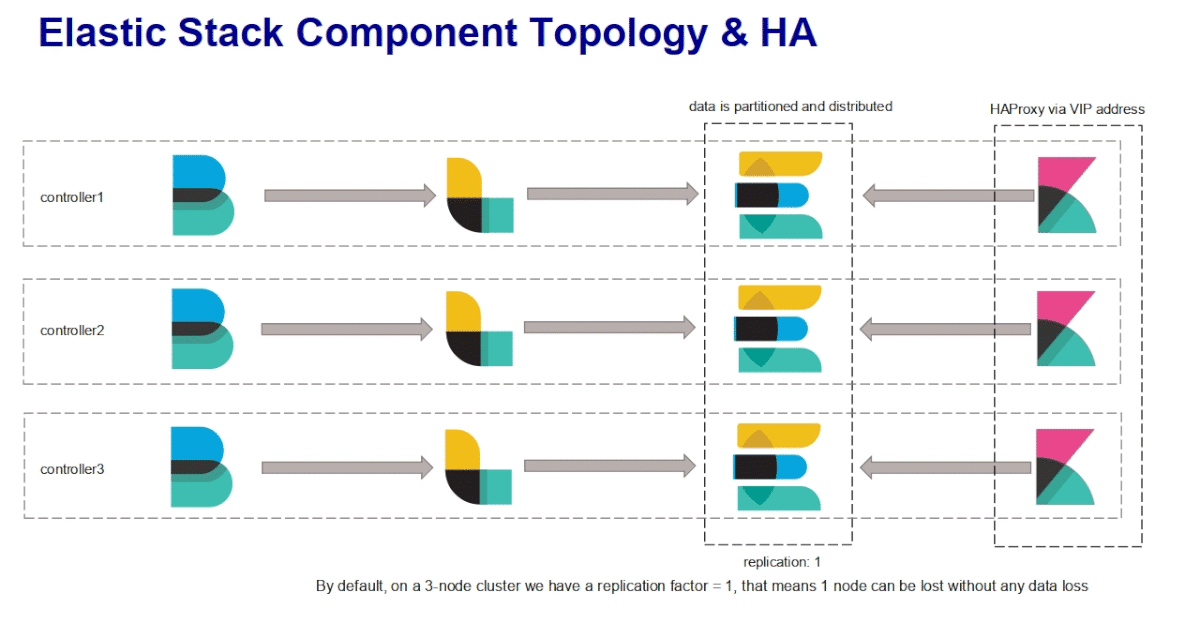OSMC 2021 has brought many insights into latest monitoring trends and we’re still amazed about that great on-site event last autmn. We’re happy to had a big amount of international attendees, 28 top-level speakers and not to forget our much valued sponsors on bord – in short: we’re grateful for everyone who made OSMC 2021 a special and an exciting event once again!
For all of you who would like to listen to last year’s experts sessions as a follow-up, I’ve created this blog series. It reminds you bi-weekly of one of our OSMC lectures including its video recording.
Today it’s all about Jakob Semre and his talk „Open Source API-HUB – Connect Icinga2, Zabbix, CheckMK and more with OpenCelium“.
Enjoy Jakob’s lecture!
If you’re already curious about what will await you at this year’s Open Source Monitoring Conference mark your calendars for November 14 – 16, 2022.
Grab your Early Bird ticket until June 30 and become part of an extraordinary open source event!
In case you have some great news to spread, you’re invited to join us as a speaker! Submit you paper for OSMC until July 31.
We’re looking forward to meeting you all again this autumn in Nuremberg.



















